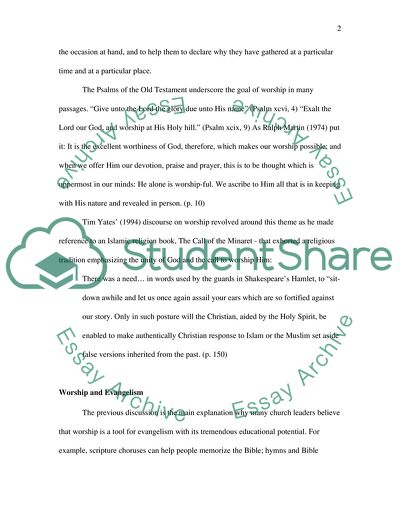Cite this document
(The Role of Worship within Evangelism Case Study, n.d.)
The Role of Worship within Evangelism Case Study. Retrieved from https://studentshare.org/religion-and-theology/1714998-what-is-the-role-of-worship-within-evangelism
The Role of Worship within Evangelism Case Study. Retrieved from https://studentshare.org/religion-and-theology/1714998-what-is-the-role-of-worship-within-evangelism
(The Role of Worship Within Evangelism Case Study)
The Role of Worship Within Evangelism Case Study. https://studentshare.org/religion-and-theology/1714998-what-is-the-role-of-worship-within-evangelism.
The Role of Worship Within Evangelism Case Study. https://studentshare.org/religion-and-theology/1714998-what-is-the-role-of-worship-within-evangelism.
“The Role of Worship Within Evangelism Case Study”. https://studentshare.org/religion-and-theology/1714998-what-is-the-role-of-worship-within-evangelism.


